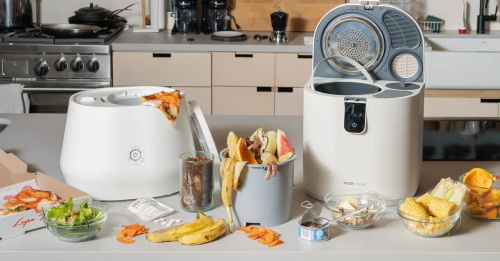How Lab-Grown Tuna Is Revolutionizing Sustainable Diets?

Global seafood demand continues to rise, driven by population growth and dietary shifts toward lean proteins. Between 1961 and 2015, per-capita fish consumption nearly doubled, and projections indicate further increases through the 2030s. Yet wild fisheries are under severe strain: many marine species populations have halved since 1970 due to overfishing and climate change, and over 90 percent of wild stocks are either fully exploited or overfished. Conventional aquaculture offers limited relief and brings its own environmental concerns—habitat destruction, nutrient pollution, and the risk of disease spread.
Cell-based seafood, produced by proliferating fish muscle, fat, and connective cells in bioreactors, can yield fillets without catching or farming whole fish. By targeting only the edible parts, this approach drastically reduces resource use—land, freshwater, and feed—while preventing bycatch and ecosystem disruption. Leaders like BlueNalu align with global sustainability goals, aiming to conserve marine biodiversity and design a more resilient food system.
Nutritional Profile and Diet Benefits
A key promise of cell-based tuna is preserving the health benefits of conventional seafood. Fish are prized for high-quality protein, essential amino acids, and long-chain omega-3 fatty acids—EPA and DHA—which support cardiovascular, cognitive, and eye health. BlueNalu’s process allows modulation of cell-culture media to replicate or even enhance the omega-3 content found in wild tuna, ensuring a comparable—or superior—nutritional profile.
Importantly, lab-grown tuna is free from environmental contaminants such as mercury, microplastics, and persistent organic pollutants that bioaccumulate in wild fish. This purity can broaden safe consumption recommendations, particularly for vulnerable groups like pregnant women and young children, who are typically advised to limit high-mercury species. Moreover, consistent production conditions enable year-round supply of high-value tuna cuts, helping integrate this premium protein into balanced diets without seasonal or geographic constraints.
Culinary Potential and Consumer Adoption
Texture, flavor, and sensory experience are paramount for dietary acceptance. BlueNalu emphasizes a “culinary-driven” approach, positioning its facility as a food factory rather than a laboratory to underscore product quality and appeal. Early prototypes aim to match the flaky texture and umami-rich flavor of tuna steaks, with plans to introduce other popular fish species alongside tuna.
Pilot production facilities are under construction in San Diego, with restaurant launches anticipated first to build consumer familiarity before retail scaling. By debuting lab-grown tuna as an appetizer or entrée in high-end dining contexts, BlueNalu seeks to cultivate gourmet credibility and generate demand through chef-led innovation. Price parity remains a hurdle—current costs reflect expensive growth media and bioreactor operations—but continued investment and R&D are driving down expenses and may reach competitive levels within the decade.
Future Outlook and Dietary Integration
As cell-based seafood technologies mature, regulatory approvals will be critical. Early green lights for alternative proteins in markets like Singapore demonstrate global appetite for novel food solutions; regulatory bodies in the U.S. and EU are developing frameworks to ensure safety and transparency. Once cleared, these products could redefine dietary guidelines, with lab-grown tuna entering nutritional recommendations alongside wild and farmed fish.
Integrating lab-grown tuna into public nutrition programs could address protein deficiencies and help reduce diet-related chronic diseases, while corporate partnerships and retail presence will normalize consumption. Educational campaigns emphasizing environmental and health benefits will be essential to overcome consumer skepticism and perception barriers.



